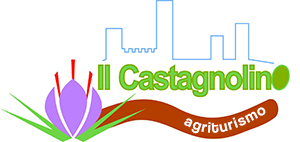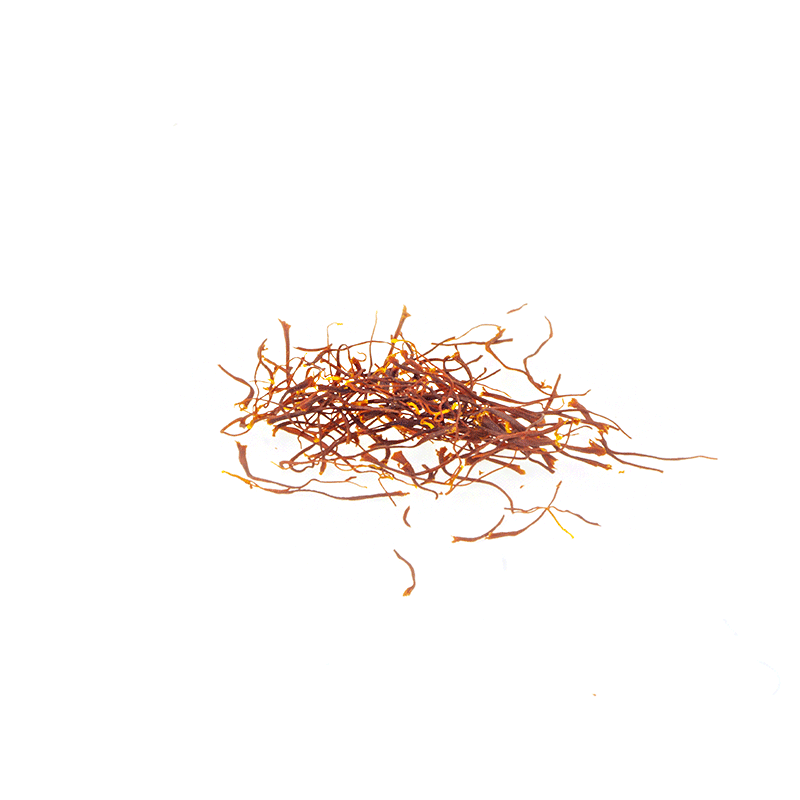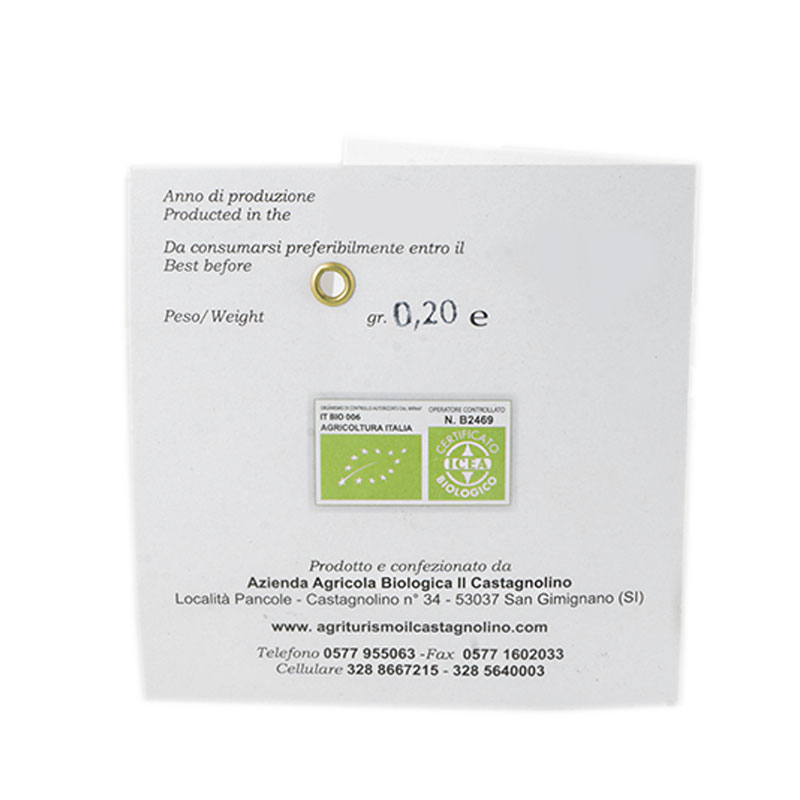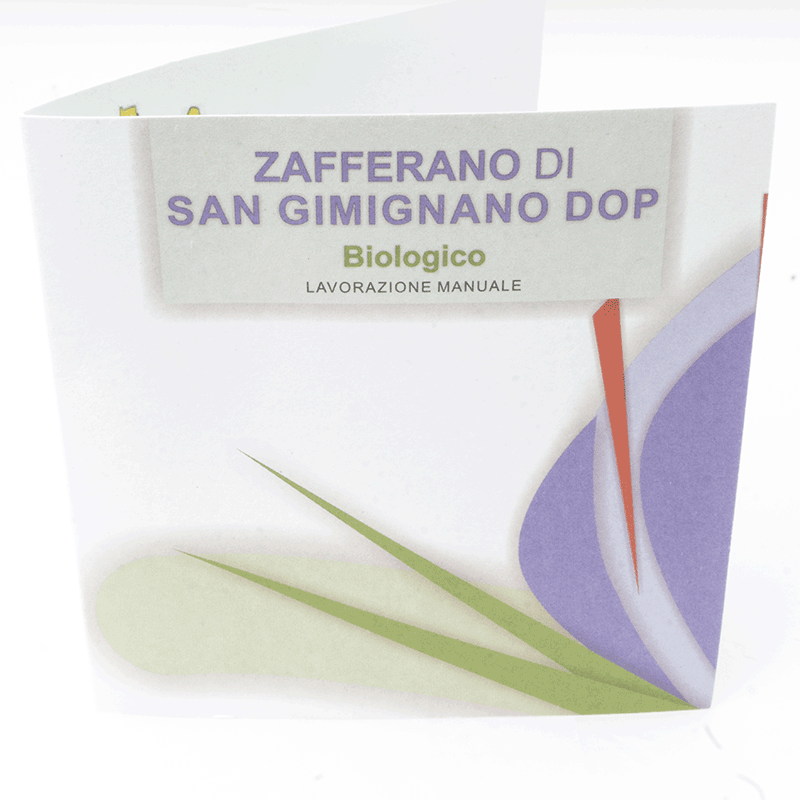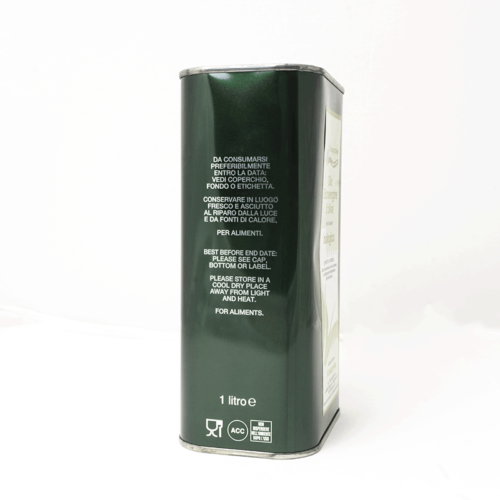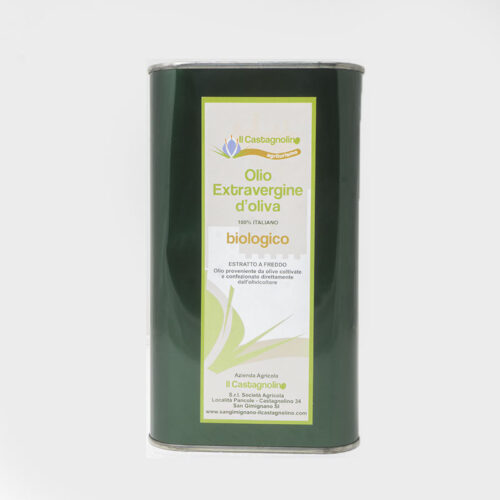Description
A partire da 8,00€
Molteplici testimonianze attestano dal secolo XIII la presenza dello “Zafferano di San Gimignano“. La sua importanza nell’economia locale era tale da far dire che le torri di San Gimignano siano state costruite con il commercio dei preziosi stimmi di crocus.
Lo Zafferano veniva impiegato per tingere le stoffe, in medicina e in cucina.
Le caratteristiche qualitative dello zafferano sono dovute fondamentalmente a tre componenti chimiche:
- la crocina, alla quale si deve l’attività colorante gialla;
- la picrocrocina, un glucoside amaro, che conferisce il sapore;
- il safranale, che è responsabile dell’aroma.
Lo Zafferano contiene, come annunciato dal caldo colore rosso-arancio, una importante quantità di carotenoidi, sostanze pigmentate dotate di potente attività antiossidante. Inoltre la presenza di vitamine B1 e B2, contribuendo alla metabolizzazione dei grassi, lo rendono anche un ottimo digestivo.
Lo Zafferano è confezionato in stigmi che ne garantiscono la purezza
Numerous testimonies attest to the presence of the “Saffron of San Gimignano” from the thirteenth century. Its importance in the local economy was such that the towers of San Gimignano were said to have been built with the trade of the precious crocus stigmas.
Saffron was used to dye fabrics, in medicine and in the kitchen.
The qualitative characteristics of saffron are basically due to three chemical components:
crocin, to which the yellow coloring activity is due;
picrocrocin, a bitter glycoside, which confers the flavor;
safranal, which is responsible for the aroma.
Saffron contains, as announced by the warm red-orange color, an important quantity of carotenoids, pigmented substances with powerful antioxidant activity. In addition, the presence of vitamins B1 and B2, contributing to the metabolization of fats, also make it an excellent digestive.
Saffron is packaged in stigmas that guarantee its purity
